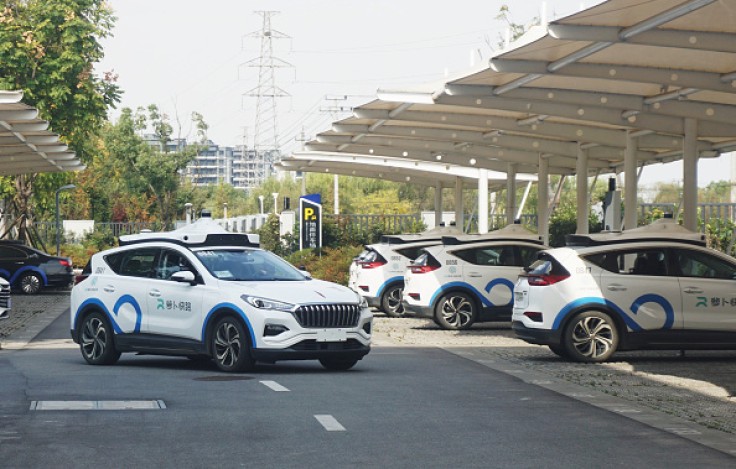Just as vehicles with autopilot features are becoming sought after, autonomous vehicles are also slowly circulating in certain areas. While the US has not been doing well in this, China has been progressing with its AV technology, although they have different practices than the Western countries.

China's AV Protocols and Surveillance
Cruise robotaxis are currently suspended from being used, but China continues to test out its AVs in public. However, you might find yourself in a different experience if you try it out yourself, as you will be recorded during your ride.
This practice is part of the information that regulators expect if the AVs suffer an accident. In-car audio and video recordings of the driver and the passenger, as well as their interactions, must be submitted for a thorough review of the incident.
In addition to that, regulators will also need the vehicle's plate number, control mode, location, speed, acceleration, and direction, all of which are recorded before the incident. After, there are also a set of data that are needed like a 360-degree camera view of the car and malfunction diagnoses.
This surveillance-based approach is approved by China's Ministry of Transport, as reported by Tech Crunch. The Ministry has also issued policies that are more lenient compared to the US such as road circumstances where AVs are allowed to operate.
Of course, there's the basic rule that they can only be used in designated areas. Automated buses in the US only have fixed routes, while China allows them to drive in "enclosed or roads with relatively simple conditions," which provides more freedom than US robotaxis.
Trucks, however, are a different topic. Given that they can be significantly bigger and heavier than buses, automated trucks have more restrictive policies. They can only be driven in "point-to-point highways or good traffic conditions."
AVs in China are monitored by operators to make sure that everything runs swimmingly. The operators are stationed remotely to watch over the vehicles, and cannot handle more than three cars. Bigger trucks also come with in-car safety operators much like robotaxis.
Cruise Incident
Autonomous vehicle operations in the US are still halted after Cruise was involved in several incidents. Some of them were mere inconveniences while others caused severe injuries to civilians on the road.
The last incident that Cruise was involved in required the response of firefighters. After a woman in California was hit by another car, she was put in the path of a Cruise robotaxi, which then proceeded to run over the civilian as well.
The AV detected the woman as an obstacle but instead of stopping early, the vehicle halted just as the woman was pinned under it. As per Engadget, firefighters used the jaws of life to lift the car and pull the woman out.
She was transported to the San Francisco General Hospital, according to Fire Captain Justin Schorr. She sustained multiple traumatic injuries, both from the initial hit by the human-driven car, as well as the Cruise robotaxi.









